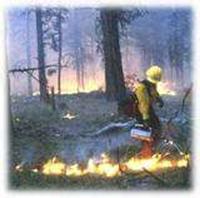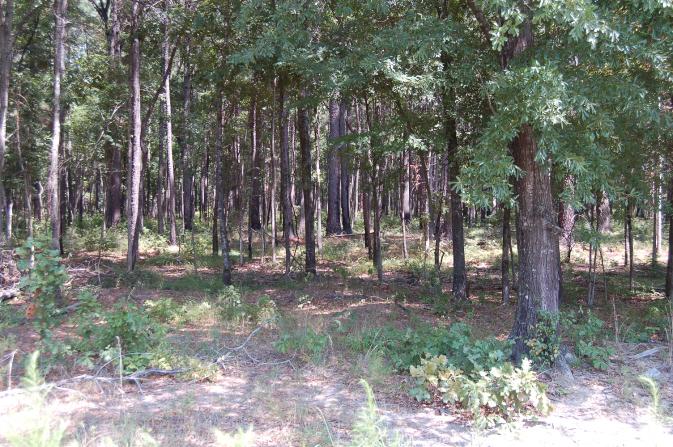Turkey Management
 A prescribed or controlled burn is one of a wildlife manager’s best tools. The price of using fire to restart the succession process is incomparable to the cost of herbicide treatments. The proper use of fire through a forest reduces the amount of fuels on the forest floor and also brings the browse levels of grasses and shrubs back to a level that is obtainable by wildlife. It is not advisable however, to use fire in high valued oak and hickory stand. The bark on these species are thinner and the repeated use of fire often damages and/or devalues the butt log which in most cases is the most valuable. The greatest use for fire and habitat management is in monoculture pine stands. A prescribed or controlled burn is one of a wildlife manager’s best tools. The price of using fire to restart the succession process is incomparable to the cost of herbicide treatments. The proper use of fire through a forest reduces the amount of fuels on the forest floor and also brings the browse levels of grasses and shrubs back to a level that is obtainable by wildlife. It is not advisable however, to use fire in high valued oak and hickory stand. The bark on these species are thinner and the repeated use of fire often damages and/or devalues the butt log which in most cases is the most valuable. The greatest use for fire and habitat management is in monoculture pine stands. |

Turkey seems to use these pine stands more frequently the first three years after they are burned. Once the vegetation reaches above eye level of a turkey usually during the fourth and fifth year after a burn and the turkey’s visibility starts being restricted. This is usually when turkey stop using the area as frequently.
The Pine Bluff Arsenal has been working with the Arkansas Game and Fish Commission to ensure that we are using the best management techniques for creating and maintaining good turkey habitat. It is extremely important that we never harvest over 50% of our gobbler population during a given hunting season. The desired levels of harvest would be between 30-40%. This harvest quota will always allow some gobbler carryover from year to year to ensure breeding success. Before the Pine Bluff Arsenal sets a turkey season for 2011 a total bag limit must be decided on. Currently a very close look at the gobbler population is being conducted.